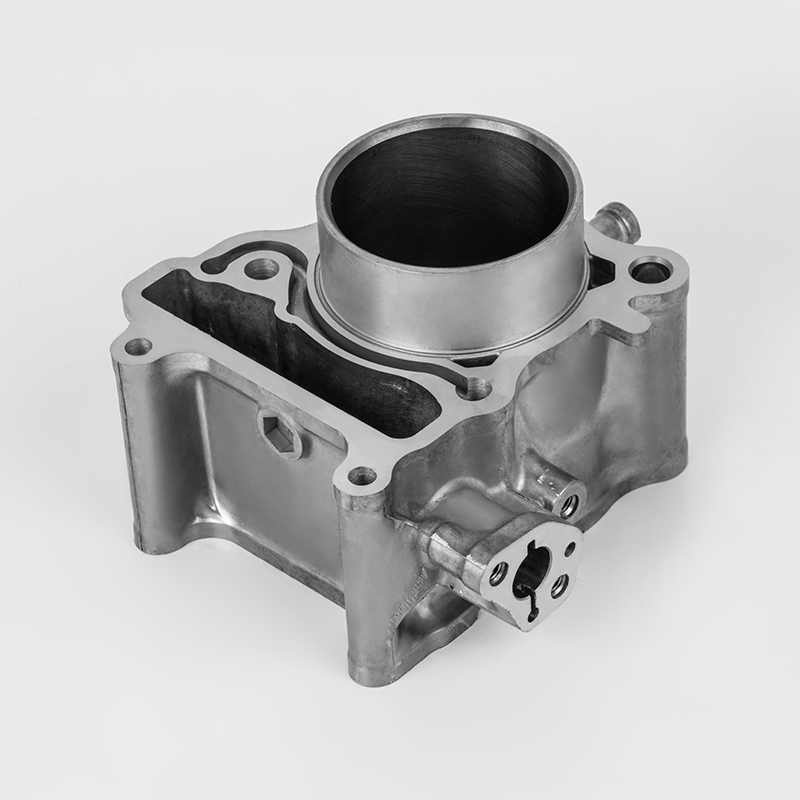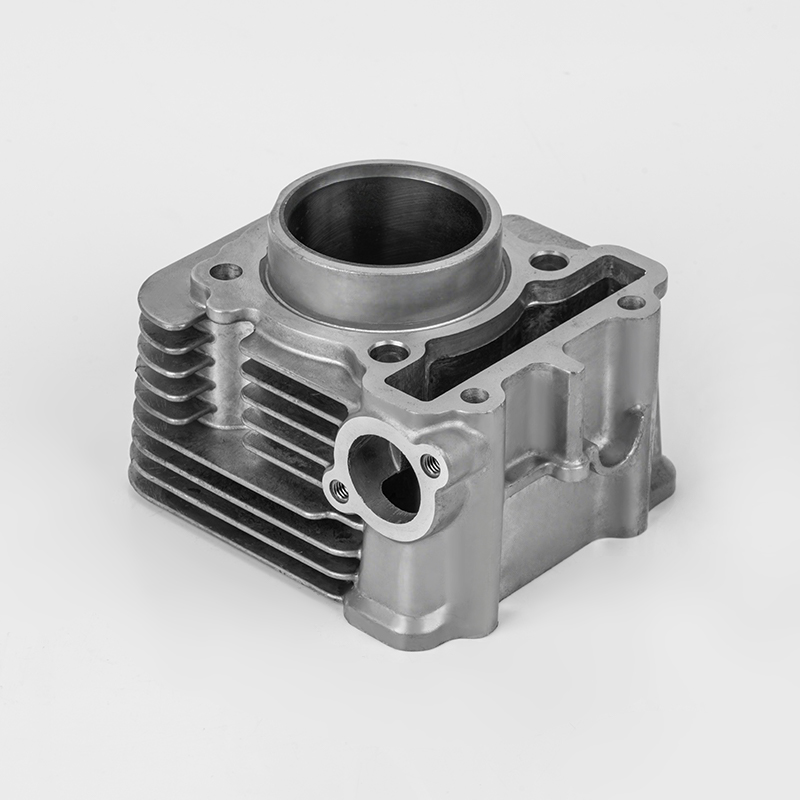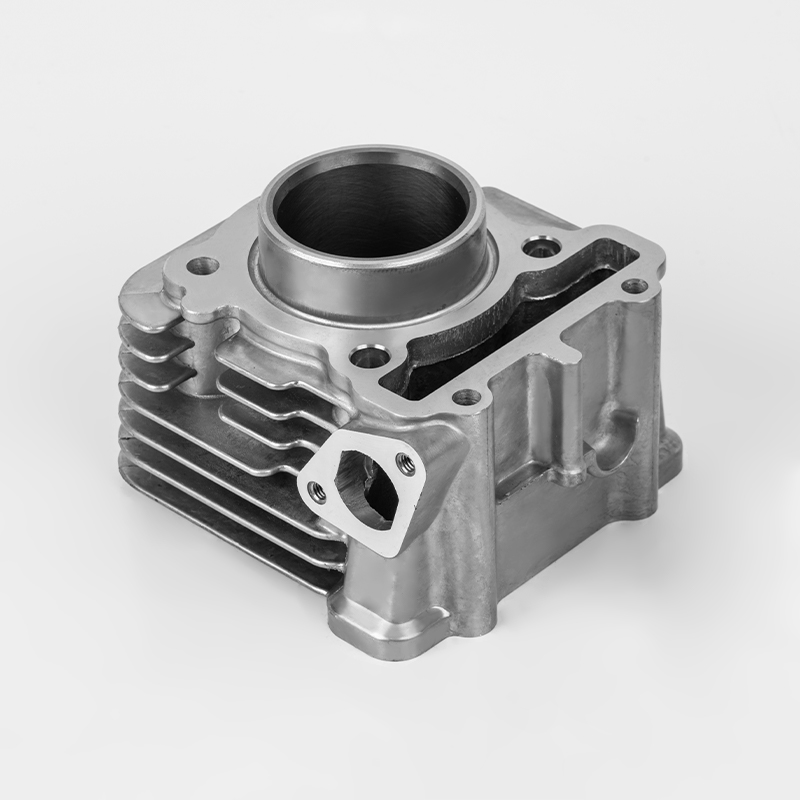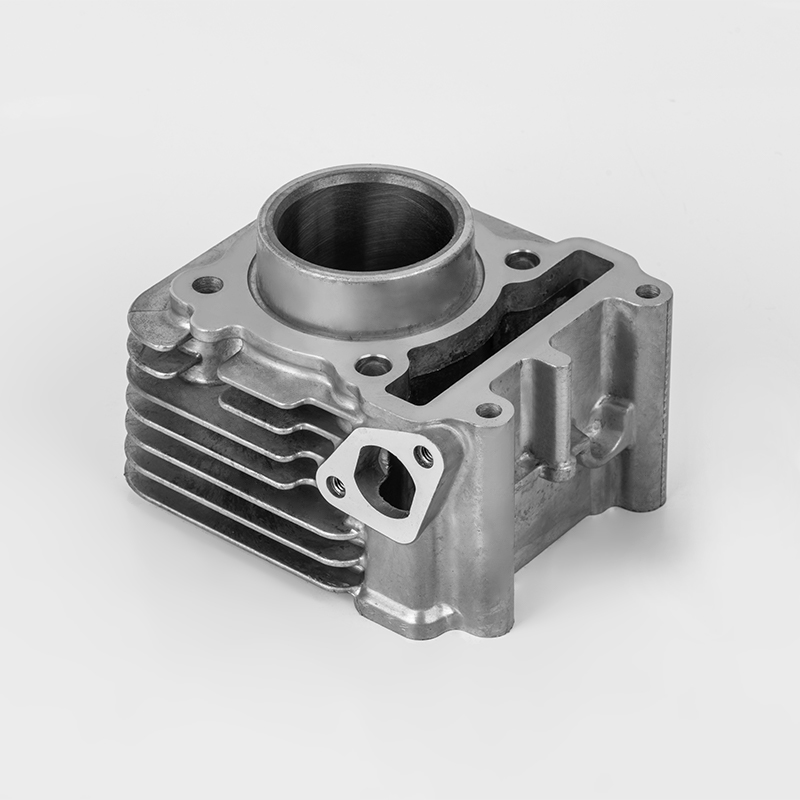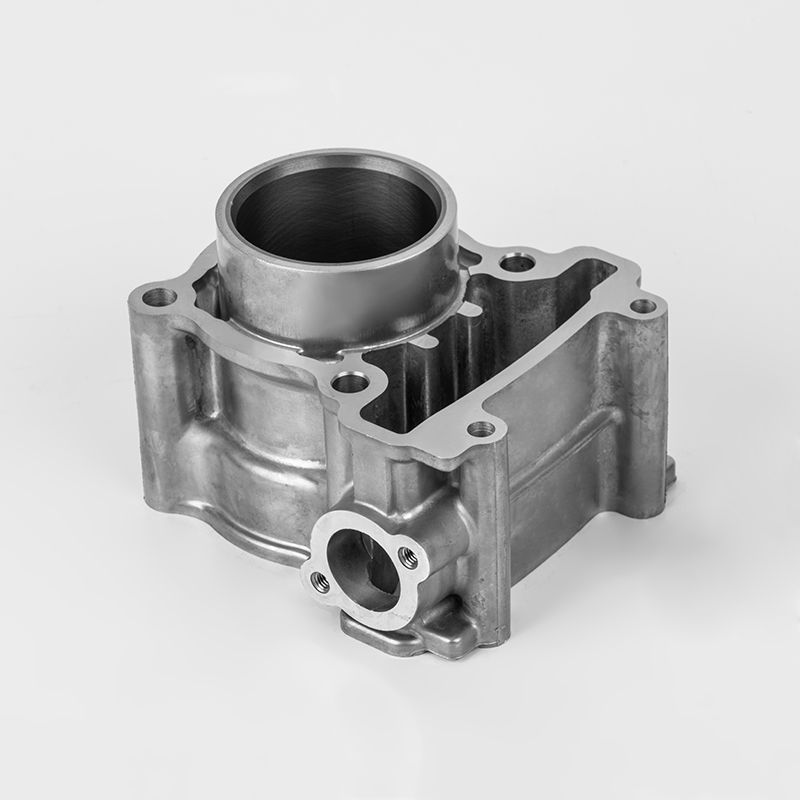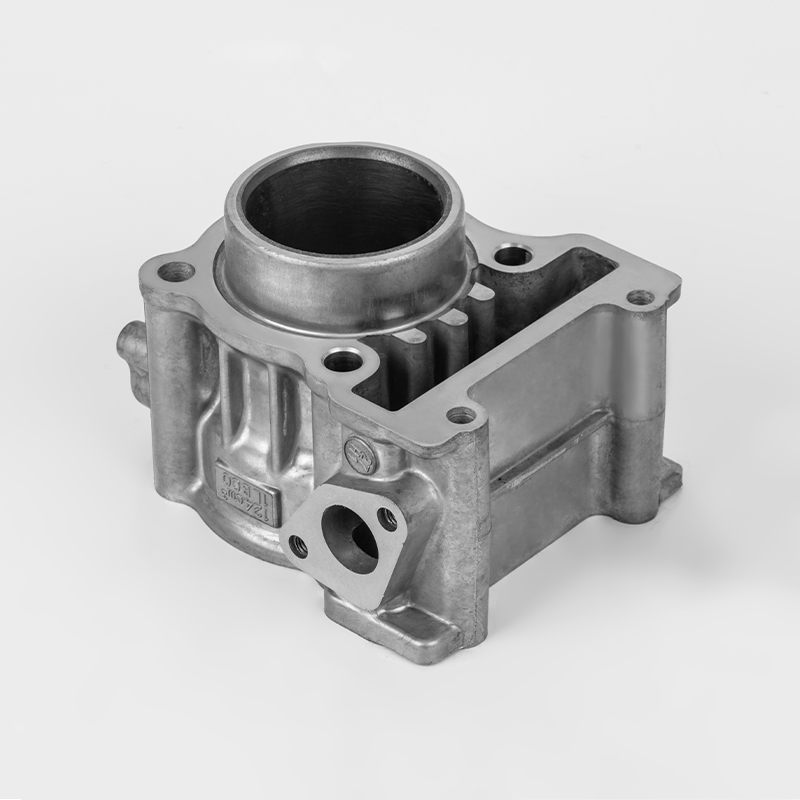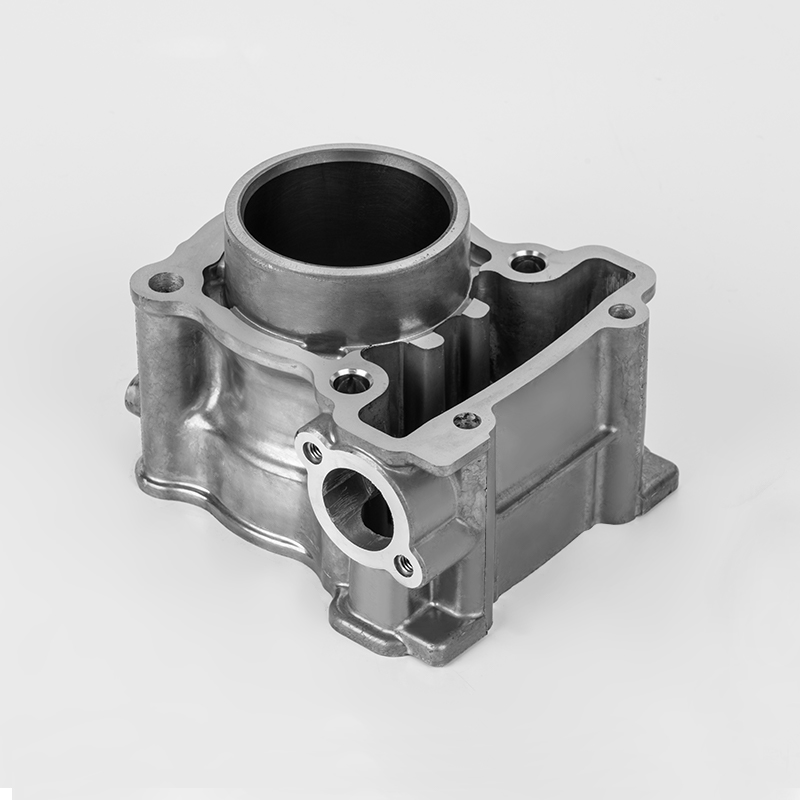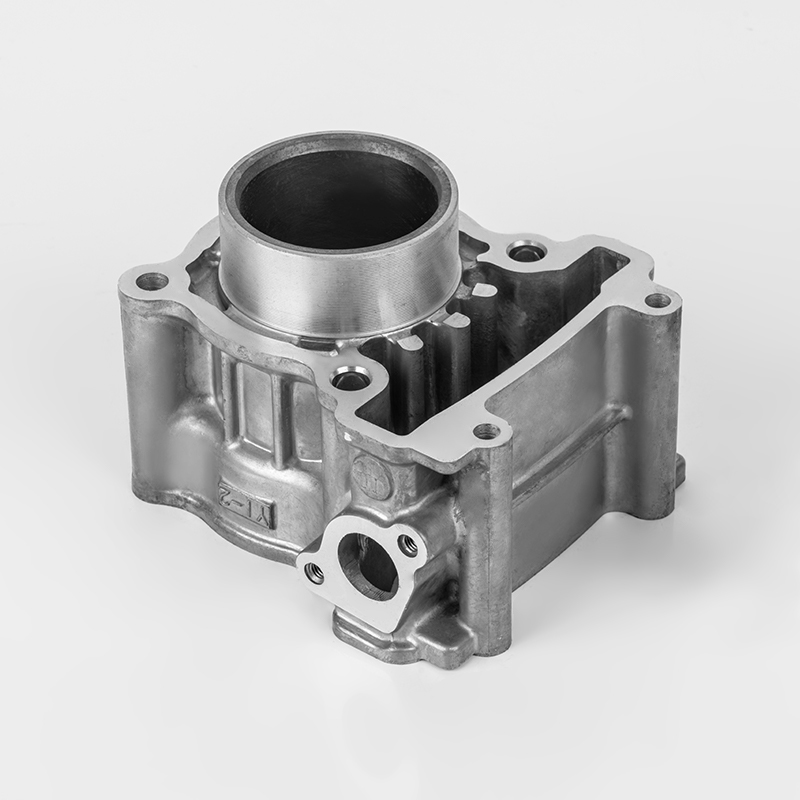Content
What is a Cylinder?
■Core Function
Combustion Chamber: Acts as a sealed space where fuel and air mix, ignite, and explode to create energy.
Piston Guide: Channels the piston’s linear (up-down) motion, converting explosive force into mechanical energy.
Heat Management: Engineered to absorb and dissipate extreme heat from combustion (via fins or liquid cooling).
■Physical Design
Material: Typically cast iron (durability) or aluminum (lightweight + cooling), often lined with hardened coatings (e.g., Nikasil) to resist wear.
Structure: Precision-machined tube with a smooth inner surface ("bore") to minimize friction against piston rings.
Integration: Fixed within the engine block, sealed to the cylinder head (valves/spark plug) and crankcase (crankshaft).
■Critical Features
Bore Diameter: Determines engine displacement and compression ratio.
Cooling System: Fins (air-cooled) or water jackets (liquid-cooled) prevent overheating.
Mounting Surfaces: Flanges and bolt holes for attaching cylinder heads and crankcases with gaskets.
■Role in the 4-Stroke Cycle
Intake: P
Intake: Piston descends, creating vacuum to draw in air-fuel mixture.
Compression: Piston rises, compressing the mixture.
Power: Spark plug ignites mixture, driving piston down.
Exhaust: Piston rises, expelling burnt gases.
■Significance in Engines
Power Generation: The epicenter of energy creation—no cylinder, no engine power.
Efficiency: Maintains compression via piston rings, ensuring minimal energy waste.
Durability: Engine lifespan hinges on the cylinder’s ability to endure repeated explosions.
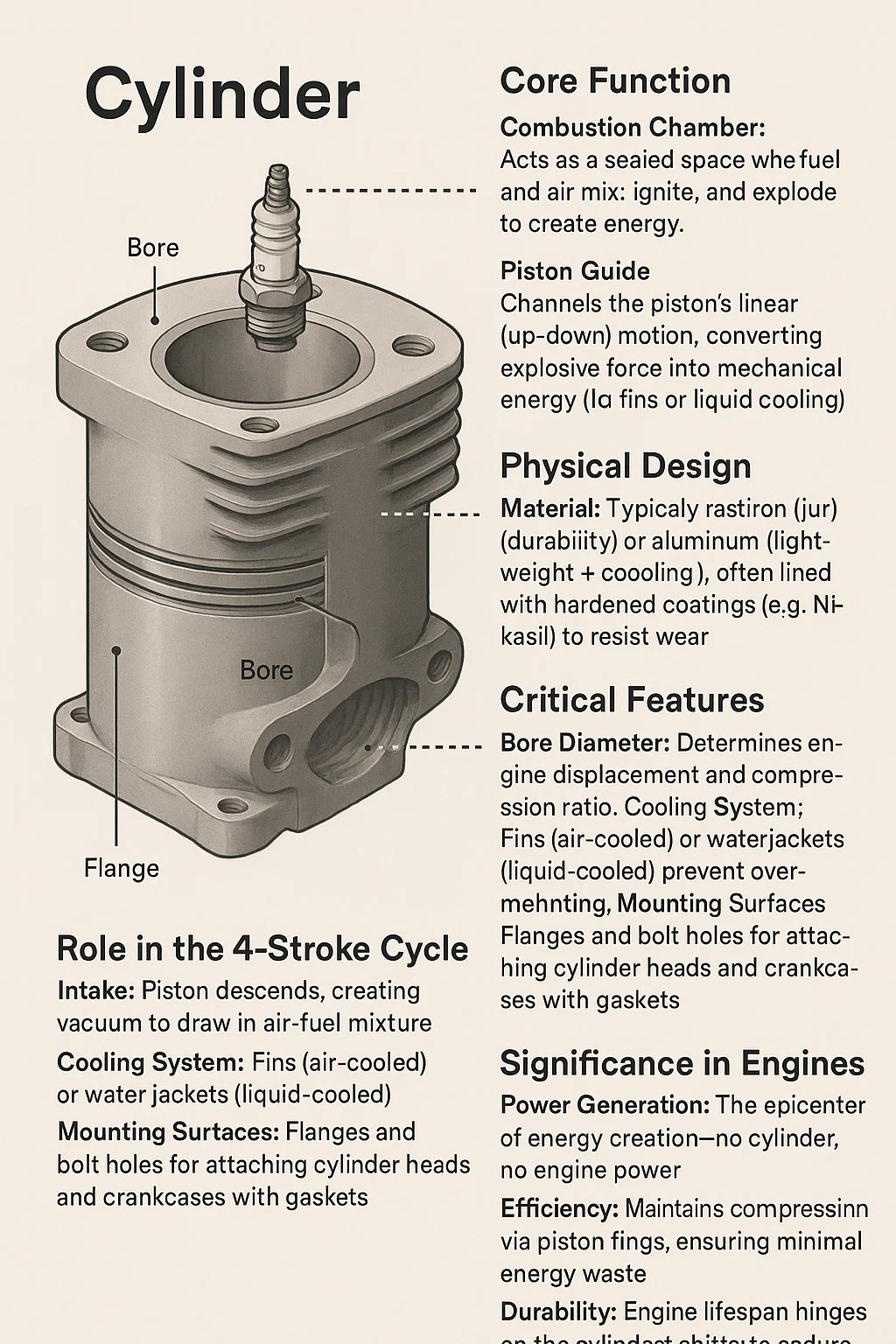

 English
English Español
Español عربى
عربى

